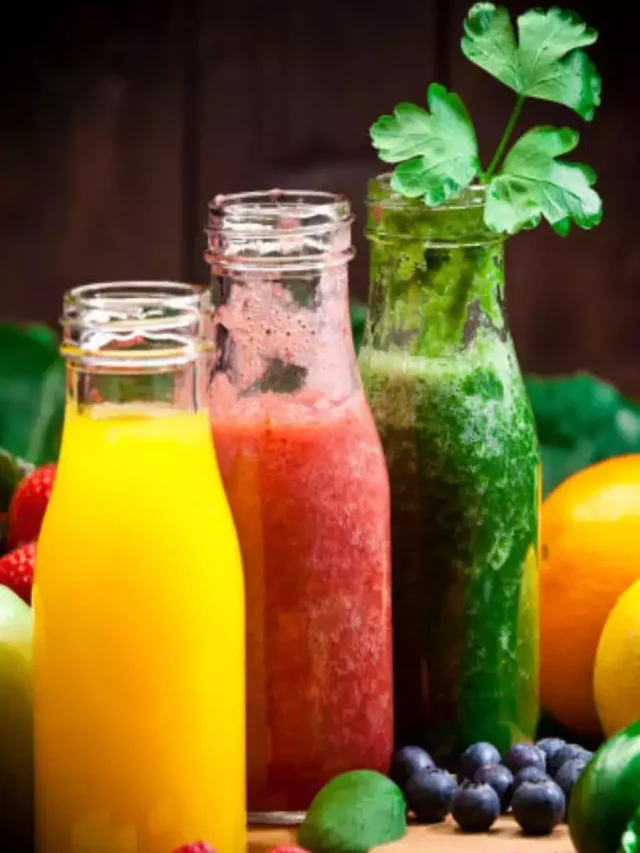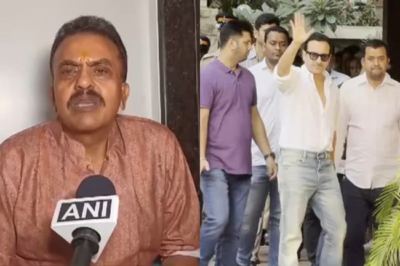
A Game-Changing Investment
Delhi’s Chief Minister Rekha Gupta has launched a sweeping ₹8,000 crore plan to rejuvenate the Yamuna River and overhaul the city’s sewage and drainage infrastructure. The initiative is part of the 2025–26 Delhi Budget, reflecting what officials describe as a “multi-pronged mission” to ensure clean water, modern sewage systems, and ecological revival along the river’s banks. While the initial focus is on Tonk Nagar and a few neighboring areas, the broader vision spans all unauthorized colonies and main drainage networks in Delhi, with a firm deadline of December 2027 for completing water and sewer lines in these zones.
Decentralised STPs: Cleaning at the Source
Central to the program are 40 decentralised sewage treatment plants (STPs), with an initial fund of ₹500 crore allocated for their construction. An additional ₹500 crore is set aside to upgrade existing STPs, enhance their capacity, and improve water-treatment efficiency, efforts described by the Delhi government as essential to intercepting untreated wastewater before it enters major drains.
Drain Tapping, Treatment and Catchment Area Conservation
The plan earmarks ₹250 crore for tapping key drains, including Najafgarh, to prevent raw sewage from flowing directly into the Yamuna. Recognizing the river’s ecological imbalance, a 30-point action plan has been developed by central and state agencies to increase environmental flow (E-flow), remove encroachments, and develop biodiversity zones along its floodplains, with deadlines stretching up to March 2029.
Tech-Led Infrastructure Improvements
A ₹40 crore investment is earmarked for procuring advanced equipment – trash skimmers, weed harvesters, dredging units to physically remove debris from water channels. Plans also include replacing leaking open canals with closed pipelines (₹200 crore) and repairing trunk sewers with ₹10 crore already approved.
Smart Systems, Leak Detection and Monitoring
To ensure transparency and accountability, GPS-based DJB tanker tracking is being introduced, alongside intelligent water metering and a Supervisory Control and Data Acquisition (SCADA) system. Construction of 32 water-quality monitoring stations and an Integrated Command-and-Control Centre are underway to offer real-time environmental surveillance.
Water Security and Supplementary Schemes
With Delhi’s daily water demand at 1,290 million gallons per day (MGD) and current capacity at 1,000 MGD, the government plans to bridge this gap by repairing STPs (₹250 crore), expanding tube wells (₹100 crore), and setting up emergency water storage facilities (₹150 crore). Open canals like Munak, which lose around 30% of water to evaporation, will be converted to pipelines, a ₹200 crore project aiming to conserve scarce resources.
Historical Perspective on Investment vs. Outcomes
Between 2017 and 2021, approximately ₹6,857 crore was spent on cleaning the Yamuna, but pollution levels remained dangerously high, with faecal coliform counts up to 500 times the safety limit at certain points. Critics and activists caution that without robust implementation, the new plan risks falling short of its goals. Yamuna Jiye Abhiyaan’s Manoj Misra says the success of the plan hinges on creating a single accountable agency, ensuring E-flow, and protecting floodplains. Similarly, experts warn that in previous campaigns, “funds have never been an issue, but rather implementation on the ground.”
Political Context and Symbolism
Cleaning the Yamuna has become a political imperative. The BJP included it in its manifesto and sought central funding to match its ₹9,000 crore budget proposal for water and sanitation. CM Rekha Gupta has even drawn parallels to the Ganga clean-up in Haridwar, promising to eventually allow safe dips in the Yamuna, echoing promises made by past governments, such as in 2020 under Arvind Kejriwal.
The Road Ahead: Challenges & Opportunities
Despite ambitious budgets and political will, transforming the Yamuna will require unwavering execution over years. The next checkpoints include the December 2027 deadline for extending sewer and water pipelines to unauthorized colonies, and projected dates for STP completions by late 2026. Success depends on collaboration across agencies – DDA, DJB, DPCC, MCD, and consistent public oversight.
Conclusion: Clean Water as Civic Identity
Beyond ecological benefits, the campaign stakes its value in civic pride and public health. CM Gupta described clean water and sanitation as “critical to Delhi’s development” and pledged to revive the Yamuna “as a clean, vibrant and accessible water body.” With deep-rooted public concern and mounting environmental costs, this ₹8,000 crore strategy positions clean water as both a goal and identity for Delhi’s future.




































Leave a Reply